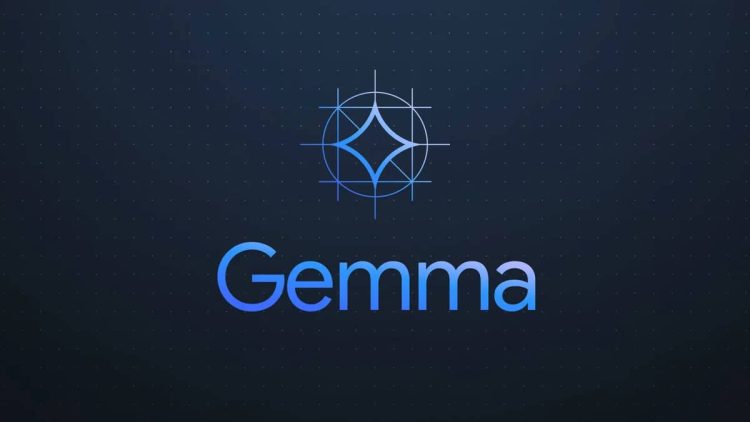Just a few days after revealing the greatness of Gemini 1.5, Google announced the release of its new generation of open models with Gemma. So, let’s dive deeper to know more about this Lightweight AI model which Google says is Laptop-Friendly.
Highlights:
- Google announces Gemma, the latest addition to its family of open LLM models.
- Similar model architecture and deployment as that of their flagship Gemini.
- Programmed with a Responsible Generative AI Toolkit and made accessible across a wide range of platforms.
What is the Google’s Gemma AI?
Gemma is a collection of Lightweight AI Open models developed by Google Deepmind. These models are built extensively on the same research used for creating their Gemini Models. It was made available worldwide on February 22, 2024.
Google says that “Gemma is inspired by Gemini“, where its name is from the latter which means ‘precious stone’ in Latin. The main motto behind this release remains the same, with that being towards the research and development of AI tools.
They have released the model in two different sizes namely Gemma 2B and 7B. The seven billion parameter model is suited for deployment on GPU and TPUs whereas the two billion parameter model is used for CPU and on-device applications.
Google claims that it can run on any developer’s laptop computer, mobile, and cloud. Similar to Gemini, these models accomplish cutting-edge comprehension and reasoning abilities at scale together with significant generalization abilities in text domains. Google also said that it’s benchmarks surpassed those of Llama-2’s.

Gemma can be used to create chatbots, summarize, and generate content, which is very efficient for low-resource environments. While Gemini is very powerful and closed, Gemma is lightweight and open. These models run directly on a laptop or desktop. On the other side, Gemini is competing with the likes of GPT-4.
Responsible Design and Deployment
Gemma has been developed with extensive instruction training and employs reinforcement learning from human feedback (RLHF) and significant fine-tuning to align its instruction-tuned models with appropriate behaviors.
They carried out thorough assessments, such as manual red-teaming, automated adversarial testing, and evaluations of model capabilities for risky operations, to comprehend and lower the risk profile.
According to its Technical Report, Google believes both these stages were necessary for enhanced performance benchmarks with the main focus on human preference evaluations of model outputs and downstream automated evaluations.
Here is what Google said in their office announcement:
Gemma is a family of lightweight, state-of-the-art open models built from the same research and technology used to create the Gemini models.
Accompanying our model weights, we’re also releasing tools to support developer innovation, foster collaboration, and guide responsible use of Gemma models.
As we continue to expand the Gemma model family, we look forward to introducing new variants for diverse applications. Stay tuned for events and opportunities in the coming weeks to connect, learn and build with Gemma.
Gemma’s state-of-the-art open model also includes a Generative AI Toolkit mainly designed for safety classification, debugging, and guidance. With these, developers will be able to investigate the model’s behavior, resolve several technical issues, and gain experience with similar large language models.
How Can You Access Gemma AI?
Google has made Gemma available for developers through Colab notebooks and Kaggle, with $300 in credits for Google Cloud users. Up to $500,000 of Google Cloud credits are available for researchers, if you apply.
They will also be able to fine-tune their models according to their needs, a few of them being Retrieval Augmented Generation (RAG) and summarization, two of the latest features in the world of Generative AI.
Another good news for Developers is that Google has partnered with NVIDIA to make it efficient for GPU performances. Developers across GTX to RTX devices can make huge benefits from this convergence of AI and hardware.
Google has again left us impressed by bridging the gap between Cloud Computing and AI. They have employed Vertex AI which comes with a wide range of MLOps toolsets. These tools help in enhanced customization and cost-efficient deployment across several GPUs, TPUs, and CPUs.
Thus, users worldwide can be rest assured that they will have proper access to Gemma’s model regardless of the type of hardware used, frameworks implemented, and the type of software tools utilized.
Conclusion
Before we wrap up, it’s important to note that this is just the beginning for Gemma AI Open Models. A lot of companies have introduced their lightweight AI models, so let’s see how this new one will perform. With time, we will keep you updated, so stay tuned!








